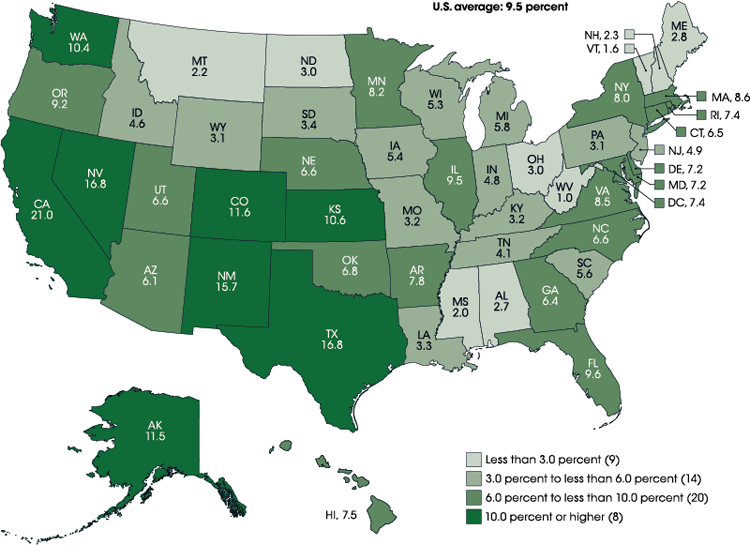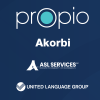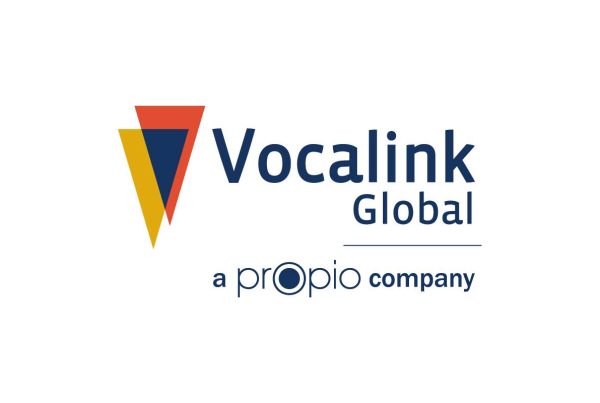The growing number of limited-English proficient students in U.S. schools highlights the importance of language access in schools and educational institutions. Approximately 4.8 million students in U.S. public schools have limited English language skills that impact their ability to learn in educational settings. Schools must, under Title VI of the Civil Rights Act of 1964, ensure that students who are learning English have equal opportunity to progress academically. Title IV states there be no discrimination on the basis of race, color or national origin in the operation of any federally assisted programs. The Title VI regulatory requirements have been interpreted to prohibit denial of equal access to education because of a language minority student’s limited proficiency in English.
The United States is culturally and linguistically diverse, and our schools reflect this. In Fall of 2015, the percentage of public school students in the United States who were ELLs was 9.5% (4.8 million students). The number of refugee children, as a percentage of all refugees resettling to the U.S., has also increased over the past decade, and education systems must be able to support the unique needs of these students.
Percentage of public school students who were English language learners, by state: Fall 2015

Resources:
11 most commonly reported home languages of ELL students (2015)
- Spanish, Castilian
- Arabic
- Chinese
- Vietnamese
- English *
- Somali
- Hmong
- Russian
- Haitian, Haitian Creole
- Tagalog
- Korean
* Examples of situations in which English might be reported as an ELL student’s home language include students who live in multilingual households and students adopted from other countries who speak English at home but also have been raised speaking another language.
Language Access in Schools is crucial. So how can school districts support Limited-English proficient students?
Support Materials
In addition to cultural awareness training, having appropriate support materials will help staff communicate with LEP students and families. Free support materials support your staff in communicating with both interpreters and Limited-English proficient populations. Reference documents that outline requirements, protocols and language services are also important to aid in working with these students.
Cultural Awareness Training
Both training and support emphasis help create an environment of acceptance and nurturing in any educational setting where multiple cultures communicate. It helps teachers and faculty to work effectively with students and families of culturally diverse traditions, dress, and language. When educators understand how best to work with diverse populations, it provides a higher quality experience for Limited-English proficient and ELL students.
On-Site Interpretation
An On-Site interpreter can be scheduled in advance for spoken language interpretation, as well as ASL for Deaf or Hard of Hearing students.
Situations that may benefit from an on-site interpreter:
- Meetings planned in advance
- Parent-teacher conference
- Conferences Assemblies, Graduations
Providing high-quality language access in schools means choosing a dedicated language service provider that can support the language needs of your location. A reputable language services company should provide interpreters with experience interpreting in education settings.
Video Remote Interpretation and Telephonic Interpretation
When an urgent or unexpected situation arises that requires an interpreter, audio or visual interpreting is a perfect solution that can be performed by a remote interpreter. Propio Language Services Telephonic Interpretation and Video Remote Interpretation give educators on-demand access to professional interpreters 24 hours a day, 7 days a week, 365 days a year. If a meeting cannot be planned in advance, access to a video interpreter or over-the-phone interpreter is just seconds away. While telephonic interpretation is an easy solution for calls in which there is language barrier, video remote interpretation (VRI) has the benefit of visual communication with the interpreter, offering the ability to see the facial expressions of students/families, ensuring a more personal interaction, and providing a high level of accuracy. Because of the visual aspect, VRI is also a good solution for deaf or hard of hearing students/families in educational environments.
A good language services provider will be able to address the unique needs of your school or school district and will be able to provide complete language services to fit the language needs of your students.
Professional Document Translation
For appropriate language access in schools, written materials communicating with Limited-English proficient student or parents should be professionally translated. Document translation needs can be addressed with your language services provider and are necessary for communication such as:
- Letters
- Email communication
- Testing materials
- Brochures
- Student/Parent forms
- Legal documents
We recommend using a professional LSP who guarantees 100% human translation. Propio Language Services written translation services are 100% human translation and our translators are subject matter experts to ensure the highest level of accuracy.
As the United States continues to become more linguistically and culturally diverse, improving language access in schools education systems continues to be a critical part of providing LEP and ELL students equal opportunity to learn.
Propio Language Services has been a trusted name in language services since 1991. As a top provider of interpretation and translation services, we believe that all school systems should have access to the best-qualified language support. Propio Language Services can help you communicate with LEP students and their families in over 300 languages! Contact Us today to for a free demo.
Professional Interpretation and Translation Services in over 300 languages!
Language interpretation available via video remote, telephonically, and on-site









